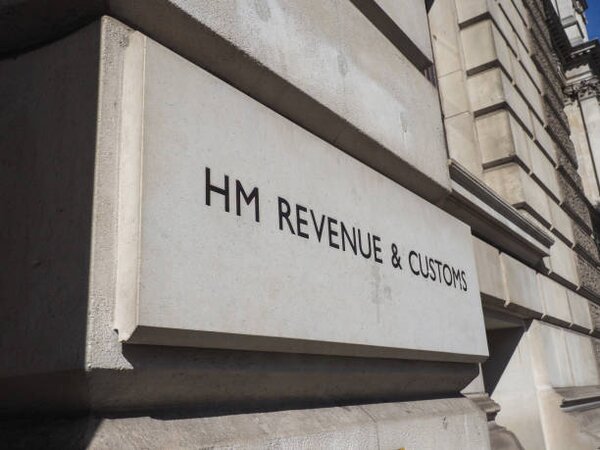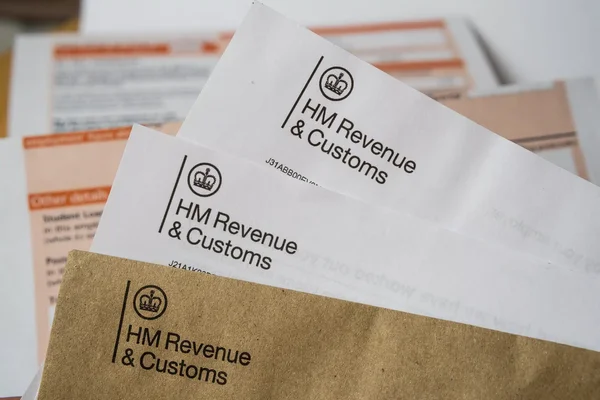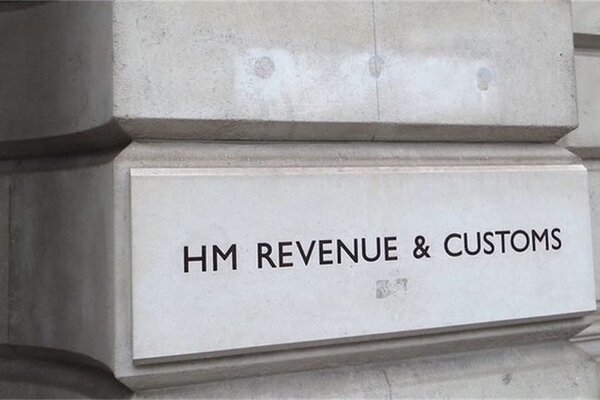
In a significant policy move aimed at balancing safety reforms with housing growth, the UK government has delayed the implementation of its controversial £3.4 billion “cladding tax” by one year. Originally scheduled to begin in 2025, the new start date has been pushed to 2026 to avoid slowing down much-needed housing development amid a national supply shortage.
The tax, officially known as the Residential Property Developer Tax (RPDT) extension, was introduced to help fund the remediation of unsafe cladding in high-rise buildings, a pressing issue in the wake of the Grenfell Tower tragedy. However, concerns about its timing and financial burden on developers led to the delay. Ministers argue the pause will give developers more certainty and allow the housing sector to maintain momentum without compromising safety obligations.
The move has sparked mixed reactions across the industry, with housing advocates warning it may delay vital safety funding, while developers breathe a sigh of relief. Here's what you need to know.
Why Was the Cladding Tax Introduced?
Following the 2017 Grenfell Tower fire, in which 72 people lost their lives, the UK government vowed to hold developers accountable for making buildings safe. The cladding crisis exposed widespread use of flammable materials on residential towers, prompting a multi-billion-pound remediation effort.
To help cover the mounting costs of fixing unsafe buildings, the government introduced the Residential Property Developer Tax in April 2022 a 4% surcharge on company profits exceeding £25 million. The now-delayed cladding tax was set to be an expansion of this policy, targeting a broader range of developers to raise an additional £3.4 billion.
According to the Department for Levelling Up, Housing and Communities (DLUHC), the tax forms part of a “polluter pays” principle ensuring those who contributed to the crisis bear the cost of putting it right.
Industry Reaction: Relief and Caution
Developers have largely welcomed the postponement, calling it a pragmatic step that acknowledges the fragile state of the construction sector. The Home Builders Federation noted that introducing the tax now would have placed “unjustified strain on an already burdened industry.”
However, critics argue the delay risks slowing down the pace of cladding remediation particularly in lower-priority buildings. Campaigners say that without immediate financial contributions from the industry, the burden could fall back onto leaseholders or taxpayers.
Who Will the Tax Apply To?
When it comes into force in 2026, the extended cladding tax is expected to apply to a broader range of residential property developers not just those earning over £25 million annually.
The aim is to widen the revenue net by capturing more firms, including those previously outside the scope of the Residential Property Developer Tax (RPDT).
Key features anticipated in the final design include a lower profit threshold than the original RPDT, possible exemptions for affordable housing providers, and the inclusion of large-scale student accommodation and build-to-rent schemes. While final details are still pending, the government has confirmed it will consult further with stakeholders before finalising the framework.

Impact on Housing Supply
The government’s decision to delay the tax is rooted in concerns over slowing housebuilding rates. In 2023, only 234,400 new homes were delivered well short of the 300,000 homes-a-year target. The construction industry has repeatedly flagged that additional levies could exacerbate the supply shortfall.
Developers argue that the uncertain tax environment can discourage land acquisition and stall planning decisions, particularly during a time of high inflation and labour shortages. By delaying the cladding tax, the government is hoping to keep projects moving and prices stable as the country battles a housing affordability crisis.

Fun Fact
The term "cladding" refers to the materials used to wrap the outside of buildings.
While often used to improve aesthetics and insulation, cladding systems can pose serious fire risks if made with flammable materials a fact tragically brought to public attention after Grenfell.
The word itself comes from the Old English "claðian," meaning "to clothe" so in a way, buildings wear coats too!
Conclusion
The government’s decision to delay the cladding tax highlights the complex balancing act between ensuring building safety and maintaining a functional, affordable housing market. While the policy’s intent to make developers contribute fairly to post-Grenfell remediation remains intact, the delay signals a recognition of the housing sector’s fragility during a time of economic uncertainty.
Although some view the move as a necessary relief, others caution it could undermine trust and prolong safety risks for affected residents. With further consultations expected, stakeholders will be watching closely to see how the revised policy unfolds and whether it can strike a better balance between fairness, safety, and housing delivery.
Frequently Asked Questions
What is the cladding tax and why was it introduced?
The cladding tax is an extension of the Residential Property Developer Tax, introduced to raise £3.4 billion to fund the remediation of unsafe cladding following the Grenfell Tower fire.
When will the cladding tax now come into effect?
The government has delayed the tax’s start date from April 2025 to April 2026, citing concerns over its impact on housing delivery.
Who will be affected by the cladding tax?
It will apply to a wider range of developers than the original RPDT, including those with lower profit thresholds. Final details are still under consultation.
How might the delay affect leaseholders and tenants?
Critics argue that delaying the tax could delay vital building repairs or push costs back onto leaseholders or the public purse in the short term.
Will this impact the UK’s housing target of 300,000 homes a year?
The delay is intended to help meet this target by preventing added costs that could deter development. However, broader planning reforms are also needed to hit the goal.











